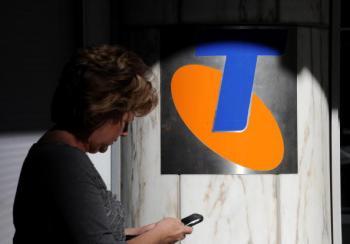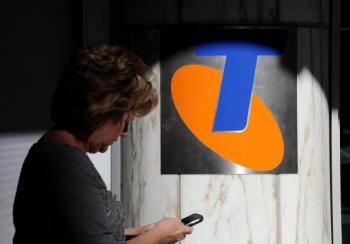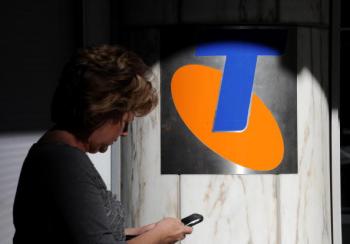“Co-operation from all parties means that the network can be rolled out cheaper and faster and without ongoing regulatory challenges,” he said.
The agreement will see NBN Co lease Telstra’s existing infrastructure and take over Telstra’s customers while building and operating the broadband network.
In return Telstra will be paid $11 billion: around $4.5bn for the customer transfer, payable over the next eight years; another $4.5bn in rental payments for Telstra ducts and other infrastructure; and $2 billion in compensation to cover costs of associated reforms in the sector.
The NBN’s “fibre to the home network” (FttH) will provide all the basic services while opening new realms of data delivery for education, health, entertainment and media services, Mr Budde said.
“This is the most ambitious infrastructure ever undertaken in Australia and will be the most ambitious FttH network anywhere undertaken in the world,” Mr Budde said on his blog.
Optimistic Outcome
Although the deal is only at a Financial Heads of Agreement stage, both parties were optimistic about the outcome.
Telstra chair Catherine Livingstone described the agreement as a “significant milestone” saying: “This agreement reflects a commitment by all parties to reaching a mutually beneficial outcome for Telstra investors, customers, employees and the industry,” she said.
While Telstra had not gained the $12 billion they had opted for, the agreement does give Australia’s largest telco considerably more than the $8 billion the Government had originally put on the table. Additionally Telstra is now included in the NBN roll-out, an inclusion denied during the turbulent times of former Telstra CEO, Sol Trujillo.
Telstra shares rose 7 per cent on the announcement at $3.46, up 20 per cent from a record low of $2.88 hit in March.
Minister for Communications, Stephen Conroy welcomed the outcome, commending Telstra’s new leadership for enabling a new working relationship.
“The single most important change that took place was when the Telstra board elected Catherine and David,” Mr Conroy.
He was referring to CEO David Thodey, who replaced Sol Trujillo, and Ms Livingstone who replaced Donald McGauchie.
Faster and Cheaper
Mr Conroy said the agreement would allow for “a faster, cheaper, more efficient rollout of the National Broadband Network, with faster take-up”.
Around $100 million of the $2 billion allocated will be used in the retraining and redeployment of the Telstra staff affected by the change in structure.
Opposition finance spokesman Andrew Robb said the project was costly and would lump taxpayers with billions of dollars of debt for decades to come, AAP reported. But Mr Conroy said taxpayers would benefit “because it reduces the overall cost of building the network and will result in higher take-up rates and revenue for NBN Co.”
Paul Budde said while the Government could have achieved its goal without the deal it was a more sensible proposal for the two to work together.
“Putting egos and grandstanding aside, it is logical that the NBN should use as much of the existing network available in Australia as possible.”
Not only will it see much of the cabling remain underground Mr Budde said; the governments fibre to the home (FttH) would allow new areas of growth in the telco industry that was starting to struggle on outdated cable and less effective “fibre to the node” systems.
“The Government’s plan sees us skipping the halfway house of so called “fibre to the node” which would have seen street cabinets being installed around the country,” says Mr Budde. “The Government will now bring the fibre network straight to people’s homes.
“This network is not just for high-speed Internet and entertainment but, more importantly, for healthcare, education, smart grids, etc,” he said.
Mr Budde said Australia’s NBN was already gaining international attention and would see the country at the forefront of digital technology and communication.
“It is therefore not surprising to see that the Australian example is being closely monitored by other governments worldwide, particularly in the US and Europe,” he said, “and it is also interesting to see that many countries are already adopting some of the ideas which were initially presented in the Australian NBN model.”






